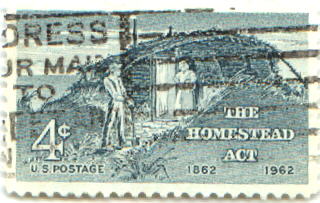Movement South and Westward
Following Eli Whitney's invention in 1793 of the cotton gin -- a machine that separated raw cotton from seeds and other waste -- the cotton market boomed. Planters in the South bought land from small farmers who frequently moved farther west. Soon great plantations, supported by slave labor, made some families very wealthy.To many Americans, the westward march illustrates a legacy of individualism, a tradition that was characterized by steadily rising living standards and an optimistic outlook about the future.
 The migration consisted of three waves of settlers. First came
the earliest individualistic pioneers who depended on hunting and
fishing for their livelihoods. Their agricultural skills were
limited, and all the farm animals they owned amounted to no more
than a horse, a cow, some swine and perhaps some chickens. As a
consequence, their living standards were low.
The migration consisted of three waves of settlers. First came
the earliest individualistic pioneers who depended on hunting and
fishing for their livelihoods. Their agricultural skills were
limited, and all the farm animals they owned amounted to no more
than a horse, a cow, some swine and perhaps some chickens. As a
consequence, their living standards were low.
The next group of migrants purchased land, cleared fields from forests, added roads and settled permanently. Their farms were largely, but not entirely, self-sufficient.
The final wave consisted of people with equal or greater enterprise than those who preceded them and abundant stocks of capital. They created and took advantage of rising property values and thought in terms of profitable business. Their farms were intended to be almost entirely market-oriented, and they built semi-rural communities, which brought people standards of living never before imagined.
